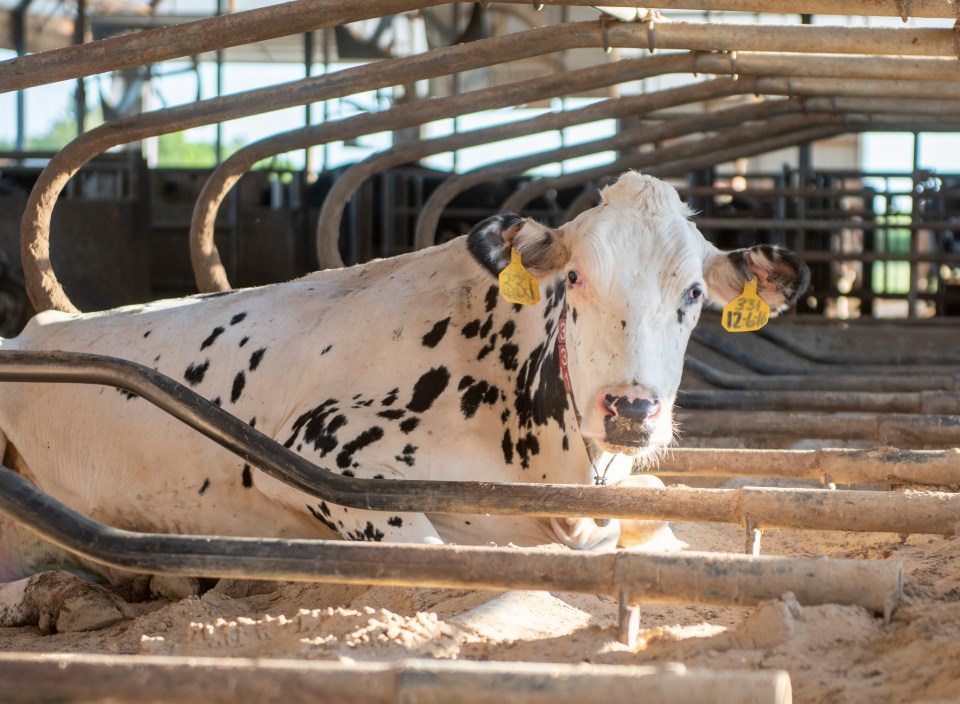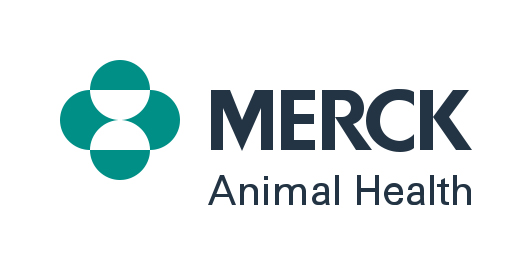Mastitis 911: Severe mastitis – prioritize keeping them alive
By Dr. Tiago Tomazi
In a typical case of mild to moderate clinical mastitis, delaying treatment for 24 hours may not negatively impact treatment outcomes.1 But when a case of mastitis takes a dangerous turn, it becomes a race against time. When severe mastitis causes systemic illness, the focus shifts from treating the infection to keeping the cow alive. Every minute counts.
Approximately 7% to 15% of clinical mastitis cases are severe and should be treated as medical emergencies, regardless of the potential causative pathogen.2-3 Severe cases of mastitis may display watery milk and udder inflammation, in addition to a depressed appearance, fever and more. Immediate action is necessary and waiting 24 hours before treating for culture results is not recommended.
Work with your veterinarian to develop a solid treatment protocol when severe cases arise and prioritize keeping cows alive to maintain future performance or, at least, reduce losses. Consider these treatment and supportive therapies for severe cases of mastitis:

- Hydration support – Hydration is critical for cows with severe cases of mastitis to prevent alarming dehydration and help them eliminate circulating endotoxins. For these severe cases, ensure cows receive proper hydration by administering IV fluids (e,g., hypertonic or isotonic solutions). If possible, provide oral drenching as an additional measure. Always make sure clean, quality water is easily and consistently accessible.
- Parenteral Antimicrobial Use – To prevent the infection from spreading into the bloodstream, also known as bacteremia, and reduce risk of sepsis, broad-spectrum antimicrobials are highly recommended. Consult with your veterinarian on the best antimicrobial treatment option and always read and follow label directions.
- Pain and Inflammation Control – Non-steroidal anti-inflammatory drugs (NSAIDs) can help support cow comfort and recovery. Be sure to use NSAID products that are labeled for use in lactating dairy cows with an established milk withdrawal time. On-label options for control of fever associated with acute mastitis include:
- BANAMINE® (flunixin meglumine injection): Effective but involves proper IV administration according to the label.4
- BANAMINE® TRANSDERMAL (flunixin transdermal solution): The first FDA-approved pour-on for pain and fever control in cattle. When time is of the essence, BANAMINE TRANSDERMAL requires less animal handling, is quick to apply and absorbs into the bloodstream within 15 minutes.5
- Intramammary antibiotics – While intramammary antibiotics are useful, they are considered a lower priority compared to hydration, systemic antimicrobials and NSAIDs. If used, they should complement, not replace, more urgent treatment strategies.
When a case of mastitis turns severe, keeping the cow alive becomes the main priority. Severe cases demand fast, effective action and having a clear treatment plan can make all the difference. By focusing on hydration, antimicrobials and supportive care, you have the best chance of recovering cows. Trusted tools like BANAMINE TRANSDERMAL can help offer fever management with an easy-to-use pour-on application. With the right tools and timely intervention, it’s possible to manage severe cases successfully.
Important Safety Information
BANAMINE: Cattle: Do not use BANAMINE (flunixin meglumine injection) within 48 hours of expected parturition. Do not use in animals showing hypersensitivity to flunixin meglumine. Approved only for intravenous administration. Intramuscular administration has resulted in violative residues in the edible tissues of cattle sent to slaughter. Cattle must not be slaughtered for human consumption within 4 days of the last treatment. Milk that has been taken during treatment and for 36 hours after the last treatment must not be used for food. Not for use in dry dairy cows. A withdrawal period has not been established for this product in preruminating calves. Do not use in calves to be processed for veal. For complete information, see accompanying product package insert.
BANAMINE TRANSDERMAL: NOT FOR HUMAN USE. KEEP OUT OF REACH OF CHILDREN.Milk that has been taken during treatment and for 48 hours after treatment must not be used for human consumption. Cattle must not be slaughtered for human consumption within 8 days of the last treatment. Not for use in replacement dairy heifers 20 months of age or older or dry dairy cows; use in these cattle may cause drug residues in milk and/or calves born to these cows or heifers. Not for use in beef and dairy bulls intended for breeding over 1 year of age, beef calves less than 2 months of age, dairy calves, and veal calves. Do not use within 48 hours of expected parturition. Approved only as a single topical dose in cattle. For complete information on Banamine Transdermal, see accompanying product package insert.
References
- Jong E de, Creytens L, Sarne De Vliegher, et al. Selective treatment of nonsevere clinical mastitis does not adversely affect cure, somatic cell count, milk yield, recurrence, or culling: A systematic review and meta-analysis. J. Dairy Sci. 2022;106(2):1267-1286. https://doi.org/10.3168/jds.2022-22271
- Oliveira, L., Hulland, C., Ruegg, P.L. Characterization of clinical mastitis occurring in cows on 50 large dairy herds in Wisconsin. J. Dairy Sci. 2013;96(12):7538-7549. https://doi.org/10.3168/jds.2012-6078
- Robertson, J. R. Treatment of Clinical Mastitis. Veterinary Clinics of North America: Food Animal Practice. 2012;28(2):271-288. https://doi.org/10.1016/j.cvfa.2012.03.011
- BANAMINE Product Label.
- BANAMINE TRANSDERMAL Product Label.
Find more content for your dairy operation.
About the author

Tiago Tomazi, DVM, Ph.D.
Dairy Technical Services
Merck Animal Health
